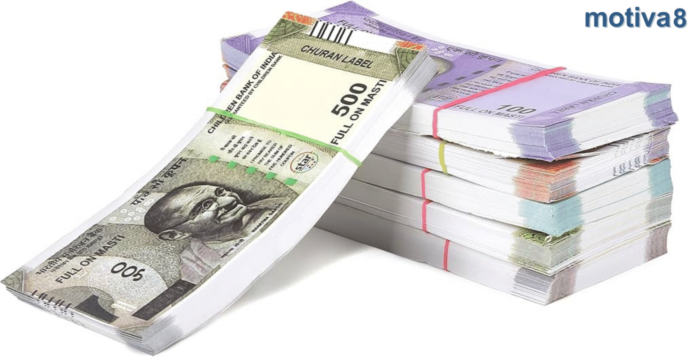On Thursday, the Indian rupee remained close to its record low, hovering around 83.9750 against the US dollar. Despite the Reserve Bank of India’s (RBI) interventions, the currency continues to face pressure due to a dwindling balance of payments (BoP) surplus. The RBI’s actions have so far managed to prevent the rupee from slipping past the 84 mark, maintaining its position within a narrow range.
The central bank has been actively involved in the forex markets, intervening to stabilize the rupee. This ongoing intervention has resulted in the rupee exhibiting relatively low volatility compared to other major Asian currencies. Despite a broader rally in Asian currencies last month, driven by expectations of a potential rate cut cycle by the Federal Reserve, the Indian rupee has not experienced similar gains.
Recent depreciation pressures on the rupee can be largely attributed to a shrinking balance of payments surplus. Gaura Sen Gupta, an economist at IDFC First Bank, highlights that the BoP position is a critical indicator of the rupee’s performance. The RBI’s net interventions in the forex market provide insight into these pressures. From April to August this year, the central bank has net sold over $2 billion, a stark contrast to the net purchase of $19 billion during the same period last year. This significant shift underscores the challenges facing the Indian currency.
India’s balance of payments surplus, which stood at $63.7 billion in the previous fiscal year, is forecasted to decline to $50 billion in the current fiscal year. This reduction in surplus is exerting additional strain on the rupee. According to a treasury official at a bank, recent movements in the dollar/rupee exchange rate suggest a shift in the dynamics of demand and supply, with demand for the dollar strengthening against the rupee.
The rupee’s struggles are evident despite a weaker dollar, reflecting broader economic challenges. The decreased BoP surplus indicates reduced inflows into the country, exacerbating the pressure on the currency. Additionally, the global forex environment remains volatile, further complicating the RBI’s efforts to stabilize the rupee.
In summary, while the RBI’s interventions have provided some relief, the Indian rupee continues to face significant pressure from a shrinking balance of payments surplus. The central bank’s efforts to manage the currency within a narrow range highlight the ongoing challenges and the complex interplay between domestic economic conditions and global forex trends.



